Influencer Marketing on Instagram for shopify
Course Description
Archive : Influencer Marketing on Instagram for shopify Digital Download
Salepage : Influencer Marketing on Instagram for shopify
Delivery : Online With Any Device
Instagram Influencer Marketing: Three Steps to Unleash the Power of Social Celebrities in Ecommerce
by Special Guest Contributor
This is a special guest contributor post by Jonathan Chan from Foundr Magazine
Social media has changed the way we define -celebrities.
Today, Instagram influencers wield the kind of power once reserved for Hollywood stars at least when it comes to reaching new audiences, driving followers to take action, and selling.
Just ask Crayola Canada. Last Christmas, the company partnered with Viral Nation on 22 influencer posts that generated 4 million engagements and enough referral traffic to crash their ecommerce site. Or Lyfe Tea who, in 2016, partnered with Shopify Plus customer Kylie Jenner and made $280,000 in revenue off a $100,000 influencer campaign over just two days.
Like the old saying goes: it’s not what you know, it’s who you know.
But, what if you don’t know who your -who should be? How do you reach the right influencers? Choose the right campaigns? Most importantly, how do you dig beyond vanity metrics and ensure ecommerce ROI?
Step 1: Get to Know Your Influencers (And Don’t Get Fooled)
Influencers come in all shapes and sizes. Emphasis on sizes.
In the words of Forbes Councils member Joel Contartese – who’s managed over $10 million in influencer spend over the last two years:
-The one thing you absolutely must know about influencer marketing is that the numbers don’t always tell the whole story. After spending millions on -celebrities,’ I’ve seen better results from influencers with a smaller but much more niched following than from the widely popular ones.
Orient your search around three metrics:
- Relevance to your brand
- Engagement with their audience
- Total Number of followers
First, relevance.
The most crucial factor in any influencer campaign is selecting people who reflect your brand’s values and ethos.
-It’s all about finding a fit: matching your product with their brand. There’s only a limited number of influencers who are right for your customers and your product. The real value is in long-term collaboration. A campaign is a story, not a one-off event.
Reviewing the top Instagram hashtags in your niche will give you a big-picture perspective on which influencers to look into:
A host of influencer marketing platforms also exists to discover and partner with the Internet’s famous creators. Perhaps the three most notable are Neoreach (shown below), Revfluence, and Whalar.
As Braveen Kumar explains in 6 Influencer Marketing Platforms for Partnering with Internet Famous Creators:
-Because a social media following is something anyone can fake, influencer marketing requires that you carefully select legitimate creators and structure your campaign in a way that you get the most bang for your buck without compromising the integrity of the creator.
The key is to do your own due diligence and identify the overlapping accounts your target personas are already following.
How?
Using Instagram’s native analytics or a paid tool like Iconosquare, select a sample of ten to twenty Instagram accounts who match your persona criteria.
- Click on each sample profile to display who they’re -Following and scroll to the bottom of the list so that it’s fully expanded in the overlay window
- Select all – Ctrl + A – and copy the entire list
- In a document, paste everything as plain text. Highlight and delete all the content above the first -Following account name
- Copy/Paste the remaining text into a Google Sheet
- Repeat this process for the rest your sample personas, adding each new -Following list to the same column. Eventually, you’ll create a cumulative list of all the accounts your personas are -Following
- To clean up your Sheet, find and -Replace all – Ctrl +F – -follow and then -verified with blank cells
- Sort column A from A-Z to remove the blanks cells
- Insert a new row at the top and label it -Accounts (cell A1)
- Highlight column A then click -Data > -Pivot table
- Select -Add Field in Rows then -Accounts and uncheck -Show totals
- Under Values, select -Summarize by: COUNTA
- Go back up to -Rows Group by: Accounts and select -Sort by: COUNTA of Accounts followed by -Order: Descending
The resulting Sheet will now rank all the accounts your sample personas are -Following and tell you how many of your personas are following each one:
(Note: to simplify, this example only includes data from three accounts; your own list will be much larger and reveal more overlapping accounts your personas are following.)
Here’s a short video that Nicole Mintiens created for this post showing the Google Sheet process in action (with some color coding at the end for style):
1:48
Video and images created by Nicole Mintiens
Digging in like this can be intense, but – after excluding competitors – you’ll know exactly which influencers to prioritize and reach out to.
Second, engagement.
The relationship between influencers and their audience is what makes them influential.
Pick three promotional posts to establish a baseline. You might need to do a little investigating as some promotional posts aren’t obvious and often get removed after a campaign. As you browse, look for branded hashtags or URLs.
Image via Rachel Brathen
Add together the number of likes and comments each promotional post has received and then divide that number by follower count to determine engagement rate. (This number will be different from actual engagement rate, which is calculated by dividing the sum likes, comments, and saves by each post’s -Reach. Unfortunately, -Reach isn’t normally a public number.)
To get more detailed, part of Call The Tunes’s selection process involves measuring engagement for a host of -content typologies. For fashion pictures this would mean:
- Foreground: Face
- Foreground: Product
- Product Worn: Zoomed In
- Product Worn: Half Body
- Product Worn: Full Body
- Product Worn: Seated
Third, total followers.
Even with all that data it’s still easy to get fooled by the numbers.
Earlier this year, Under the Influence examined -more than 500 top influencers on the ‘gram to determine their average earnings per post. What they found was surprising: -general engagement rates decreased as popularity grew.
Image via Under the Influence
In other words, bigger doesn’t necessarily mean better.
Again, this comes does to the math: a 2% engagement rate from an influencer with 500,000 followers will still reach 7,750 more people than a 15% engagement rate from someone with 15k followers.
Neither, however, does bigger mean better for engagement rates themselves. Travis Hawley, VP of Business Development and Partnerships at Viral Nation explains:
-Often times fans -like’ posts because the creative looks cool or because it’s from someone they adore. Some influencers can get people to like or comment easily. Some can’t.
-Some can get people to take social action: follow, screenshot, or repost. Some can’t. And some can actually get people to click and buy. There are different kinds of influence, different levels of engagement.
The takeaway? After you’ve done your own due diligence be sure to get historical campaign data from the influencers you select, most notably:
- Actual reach
- Engagement rate
- Cost per engagement
- Engagement types
Coming up with the right list of influencers can take a while. But for long-term ROI, getting to know your influencer before you reach out is critical.
Step 2: Pitch Your Influencers (And Don’t Be Afraid to Get Creative)
Now that you’ve compiled a list of influencers, it’s time to reach out.
Most, if not all, influencers are more than willing to work with entrepreneurs and help them promote their products. But, just like with any other business relationship, it’s unlikely you’ll be able to get something for nothing.
The most obvious solution is money.
Depending on what it is you want them to do, the size of their audience, and their level of engagement, prices can range anywhere from a couple hundred dollars to hundreds of thousands per post.
Long-term partnerships – like Kristina Kazan, who managed to snag a deal with L’oreal last year – can potentially be worth $1 million or more.
A recent study by Mediakix found that the influencer marketing on Instagram is expected to reach a whopping $1.07 billion this year alone with a projected growth of $2.38 billion in 2019.
For those who have a slightly tighter budget, there are plenty of other creative leverage points.
Instead of payment, a popular solution is to offer your influencer free posts or products in return for a shoutout.
How?
-Start with a direct Instagram message, says Zach Benson, Founder of Assistagram. -Just let them know that you’re interested in working together. Keep your DM short, clear, and conversational. Include the relevant accounts, a direct request, and your trade.
Here’s one the messages Benson’s used in the past:
That simple DM led to a host of micro-influencer posts:
For more complex campaigns, send an email. You might not be able to keep it short, but be sure your requests and instructions are clear. Here’s another example from Benson, this time for the Dubai Department of Tourism:
Pura Vida Bracelets takes a similar approach. As co-founder Griffin Thall explains:
-Our team digs through Instagram to find creators and influencers that fit our brand’s vibe. We communicate via email and feel them out for -trade for product’ or paid collaboration in return for photos, posts, IG stories, IG lives, account take-overs, and giveaways.
Something to keep in mind when working with influencers is that each has their own personal style. It’ll be in your best interest to send a creative brief or even a moodboard of what you’re looking for in a promotional post to maintain consistency.
Besides paying, online retailer Lo & Sons also gifts free products to influencers with over 100,000 followers in exchange for promotional posts.
Lastly, another potential point of leverage is to create a recurring competition.
While you might not be able to grab multi-million-dollar influencers, you can attract -micro-influencers: anyone with a following under ten thousand.
Studies suggest that 82% of customers are very likely to follow recommendations from micro-influencers. These micro-influencers will not only be incentivised to participate for a chance to win the prize, but will also benefit from the exposure they’re receiving from an official brand.
S4S (share-for-share) posts is another low-friction approach.
As the name implies, S4S posts ask influencers or brands in your niche to share your content in exchange for you sharing theirs. Ensure there’s an equal exchange of value by matching follower count and engagement rates.
Often, even competitors can be enticed. Check out how Frank Body and Mecca Maxima promote each other’s products through their accounts.
In the end, you don’t necessarily need to devote thousands of dollars to create a successful Instagram influencer marketing campaign. Take a step back and look at what you already have to offer. You’ll be surprised at how much you can achieve.
Step 3: Craft Your Influencer Campaign (And Make It Loud)
The most straightforward influencer campaign is brand exposure.
This is a highly effective tactic if you’re preparing for a product launch and you’re looking to generate hype and interest. One of our Instagram Domination students used Instagram to build anticipation for the launch of their Kickstarter campaign.
Good Night Stories for Rebel Girls would eventually go on to raise over $675,000 in funding over a period of four weeks and become the highest funded campaign in the Publishing section in all of Kickstarter history.
The most direct way an influencer can drive more exposure for your brand is to give you shout-outs by prominently featuring your product or brand in a post.
Alternatively, you could be a bit more inconspicuous and simply ask them to tag your account in the picture and give you a shout-out in the caption.
This is an effective way to gather more Instagram followers and drive qualified leads to your Instagram sales funnel. However, it can be difficult to track and measure the exact results of these types of posts.
In order to drive direct sales to your business, structure your campaign to include influencers temporarily changing their Instagram bio link to your product page.
This method shortens your Instagram sales funnel and reduces the number of steps to purchase. For tracking, give each influencer a unique promo code or use a UTM parameter that’s shortened by a custom bit.ly.
Last is the -thunderclap strategy where multiple influencers give you a shout-out or promote your product at the same time.
Daniel Wellington enlisted what looks to be hundreds of influencers to promote their new Daniel Wellington Classic Petite Watch, each with their own discount code.
You don’t have to contact hundreds of influencers for your thunderclap strategy to work. Enlisting a couple dozen micro-influencers by sending out free product is more than enough to make it loud.
Learn more: O2O commerce
Instagram Influencer Marketing is About Who Your Audience Knows
We started with the adage: it’s not what you know, it’s who you know. For influencer marketing on Instagram, that’s true.
Sort of.
It’s not who you know it’s getting to know the people your audience already knows. Even better, it’s leveraging the -celebrities they know, like, and trust.
That’s the core of the three steps we’ve just walked through:
Whether you’re launching a full-scale product deal, leveraging micro-influencers, harnessing the power of a thunderclap, or just negotiating S4S, influencer marketing should be one of your Instagram cornerstones.
Unleashing these modern-day celebrities adds social proof, builds brand awareness, and drives sales.
So, who are you going to get to know?
More from Categories : Business & Sales



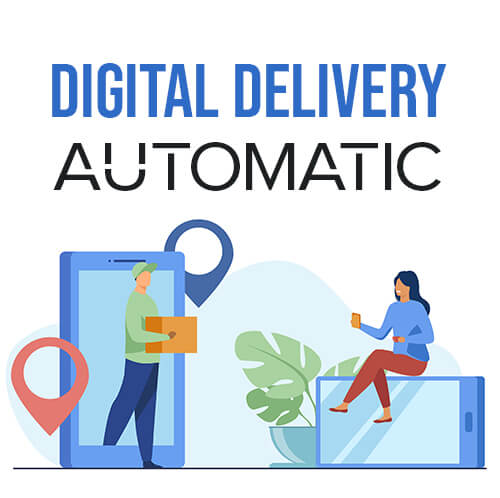
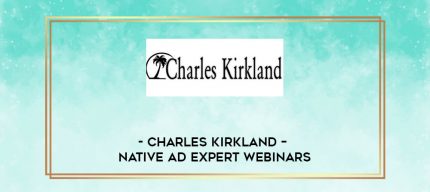





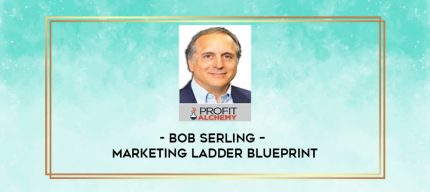
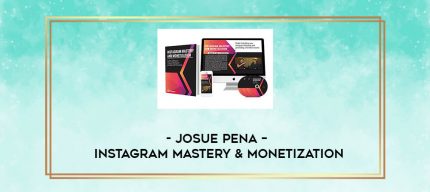









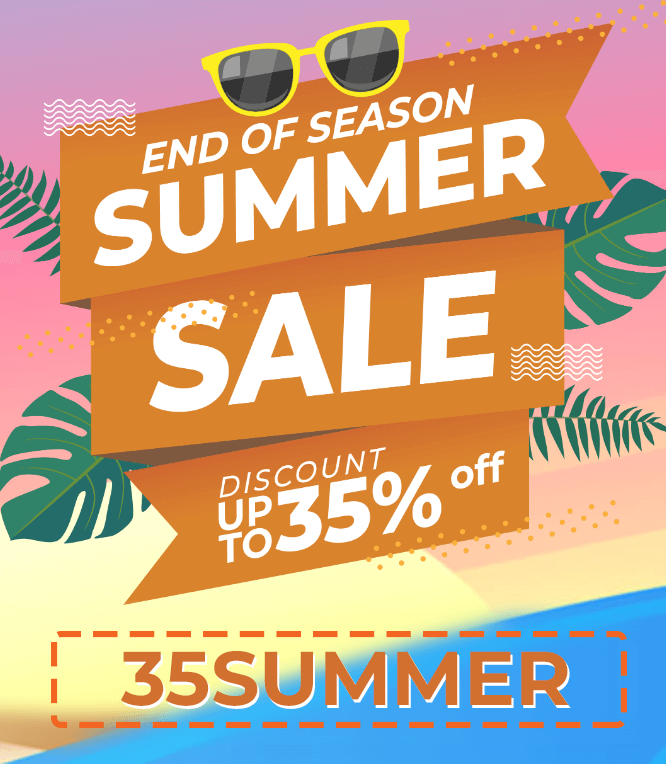

Reviews
There are no reviews yet.